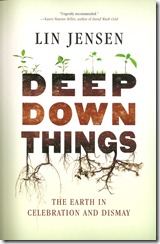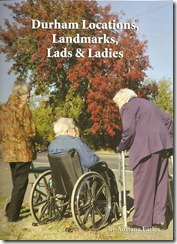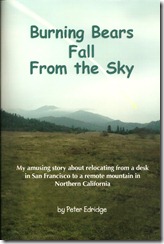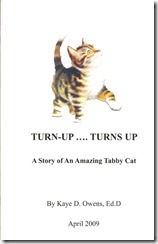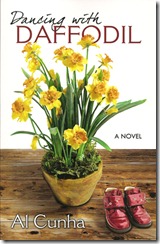Author Lin Jensen, the founding teacher of the Chico Zen Sangha, and now teacher emeritus there, writes that "as both a Buddhist and a student of deep ecology, I'm struck by how much the two have in common, each exacting of the follower a genuine paradigm shift in perception. For the Buddhist the shift is an awakening to earth as an extension of one's own body wherein the dichotomy of self and other dissolves. For the deep ecologist the shift is a similar awakening wherein earth is realized as one indivisible body comprised of all beings of any sort."
Deep ecology is more than the study of ecosystems. "It's a perception that recognizes the right of all beings to exist simply because they do. Nothing is left out, nothing excluded." Jensen draws on the work of Arne Naess, the founder of deep ecology, and others, in showing the deep ecological concerns of Buddhism, even from ancient days. "Deep Down Things: The Earth In Celebration and Dismay" ($15.95 in paperback from Wisdom Publications) takes its title from words of the Jesuit poet, Gerard Manley Hopkins, who observed that, in the midst of industrialized blight, "nature is never spent; / There lives the dearest freshness deep down things. . . ."
Jensen is scheduled to be interviewed on Nancy's Bookshelf tomorrow morning at 10:00 a.m. on KCHO (Northstate Public Radio, 91.7 FM). He will be speaking on Tuesday, October 5 at 7:30 p.m. at the 1078 Gallery, 820 Broadway in Chico. Hosted by Lyon Books of Chico, where "Deep Down Things" is available locally, the event is free and open to the public.
Jensen writes of places where the earth lives, and places where it can hardly breathe. "On the east side of town prime orchard land lies buried under Chico's South Mall, but on the west side of town the fields of a young and thriving organic cooperative are green with new life." Jensen's Buddhism is local and practical; "the proper scale for human endeavor," he writes, "is that of the household." Finally, "my prayer is that to the very last of this planet's brief tenure in the vast cycle of the universe someone will remain to say 'earth' and to say it from the heart's core."
